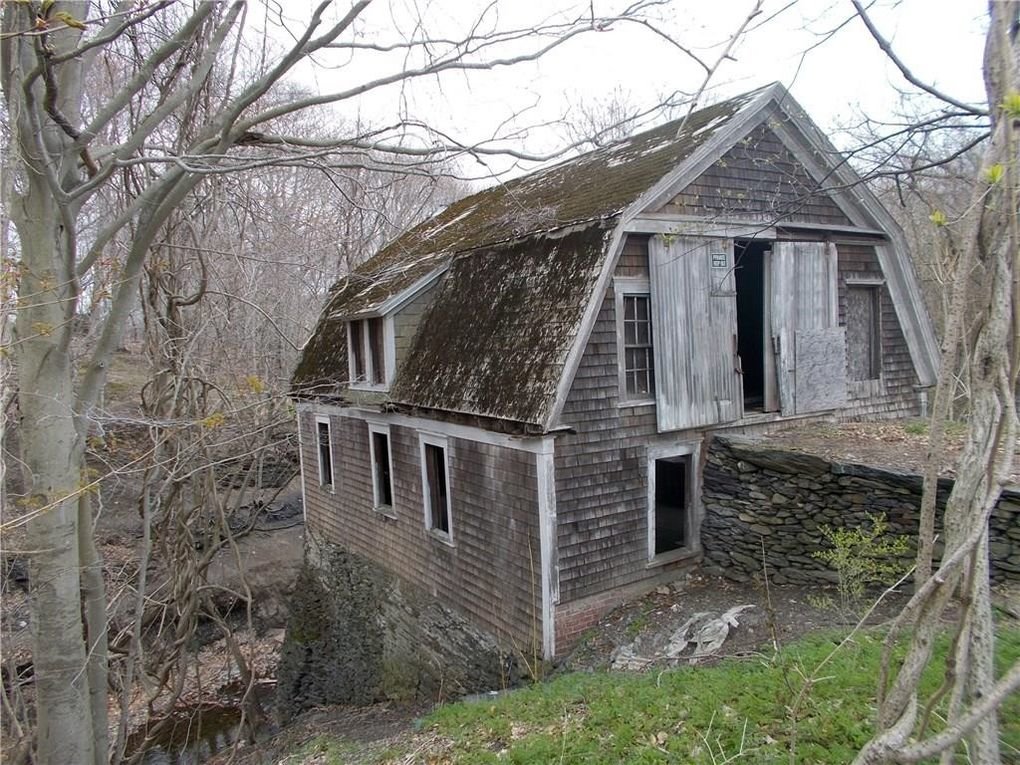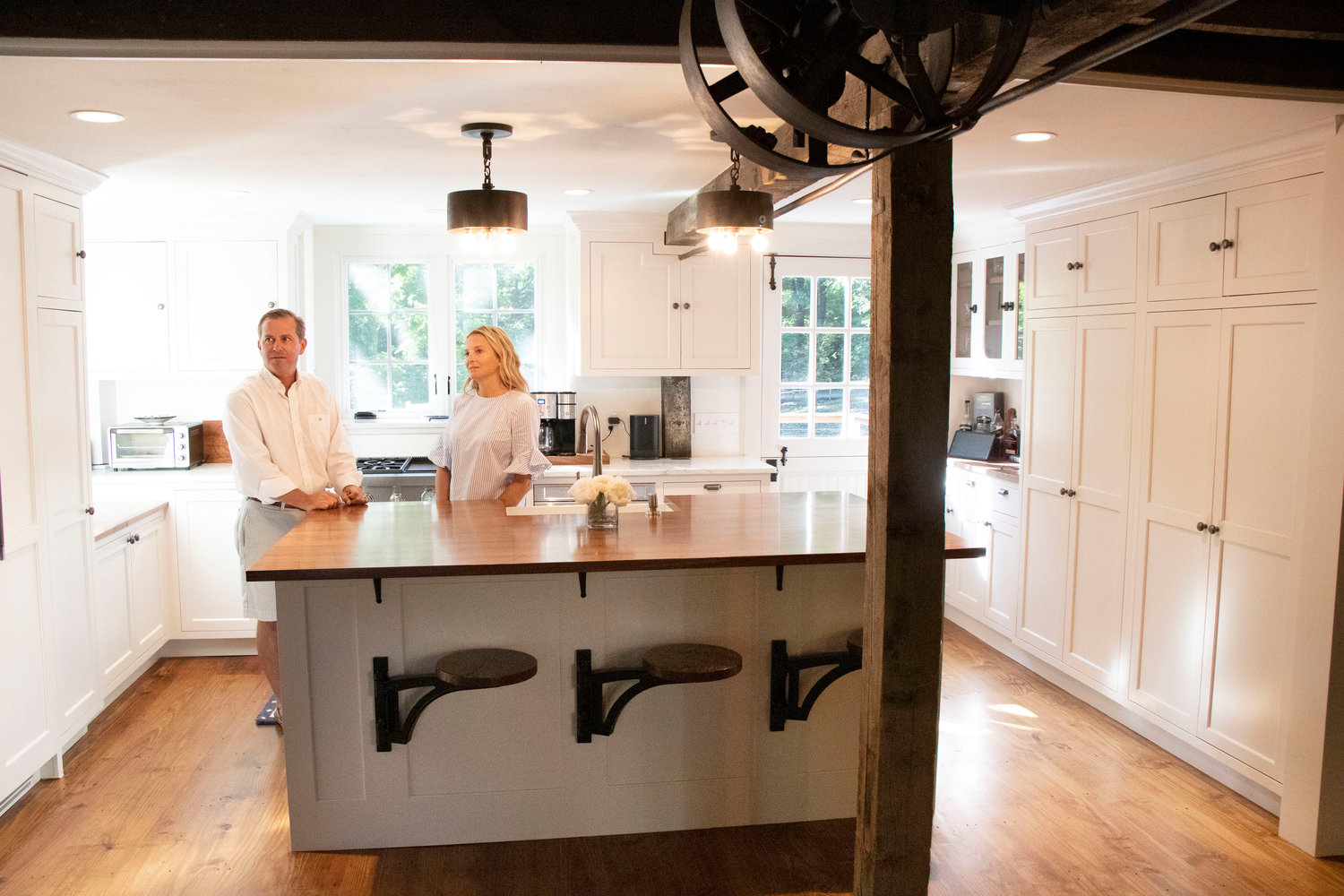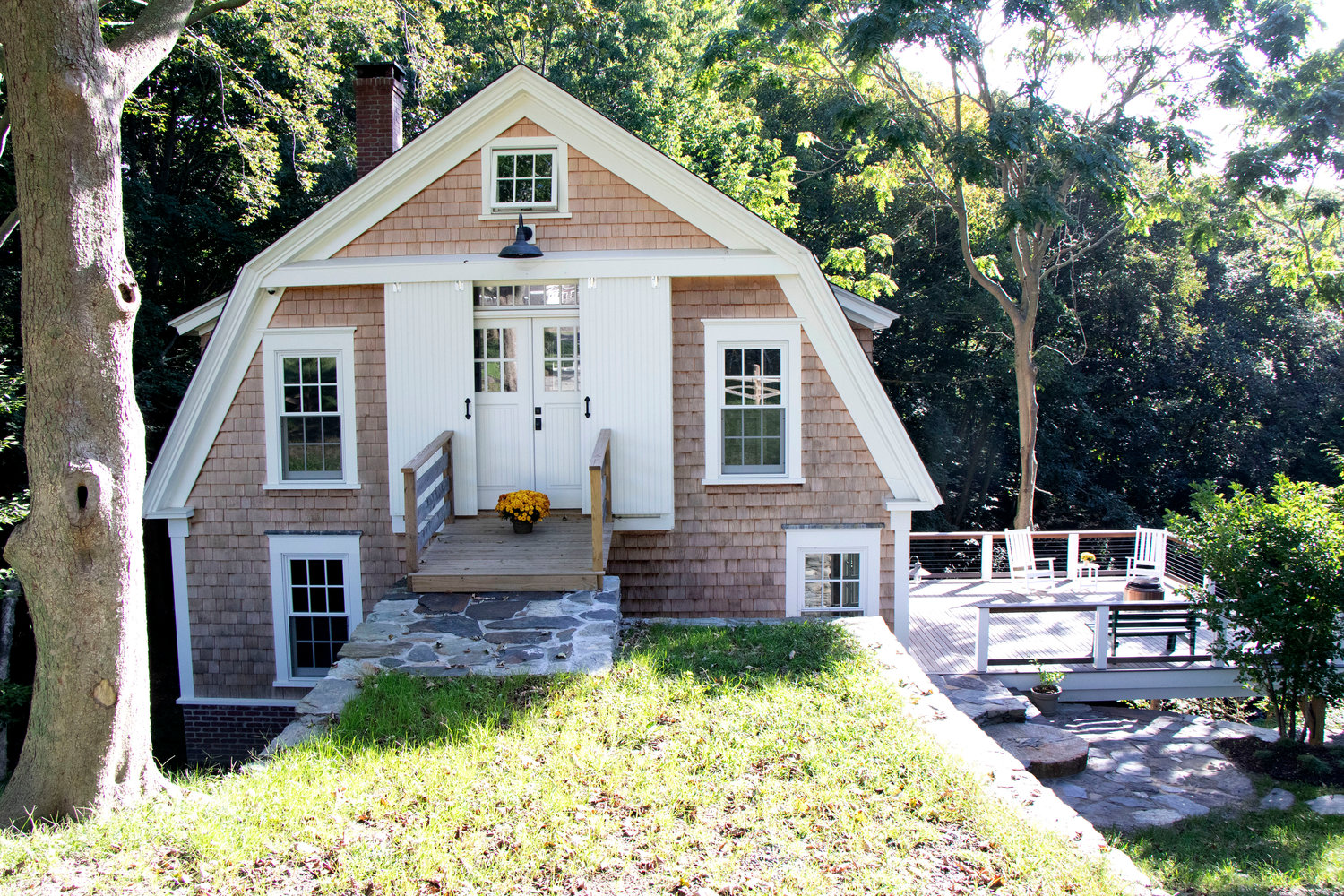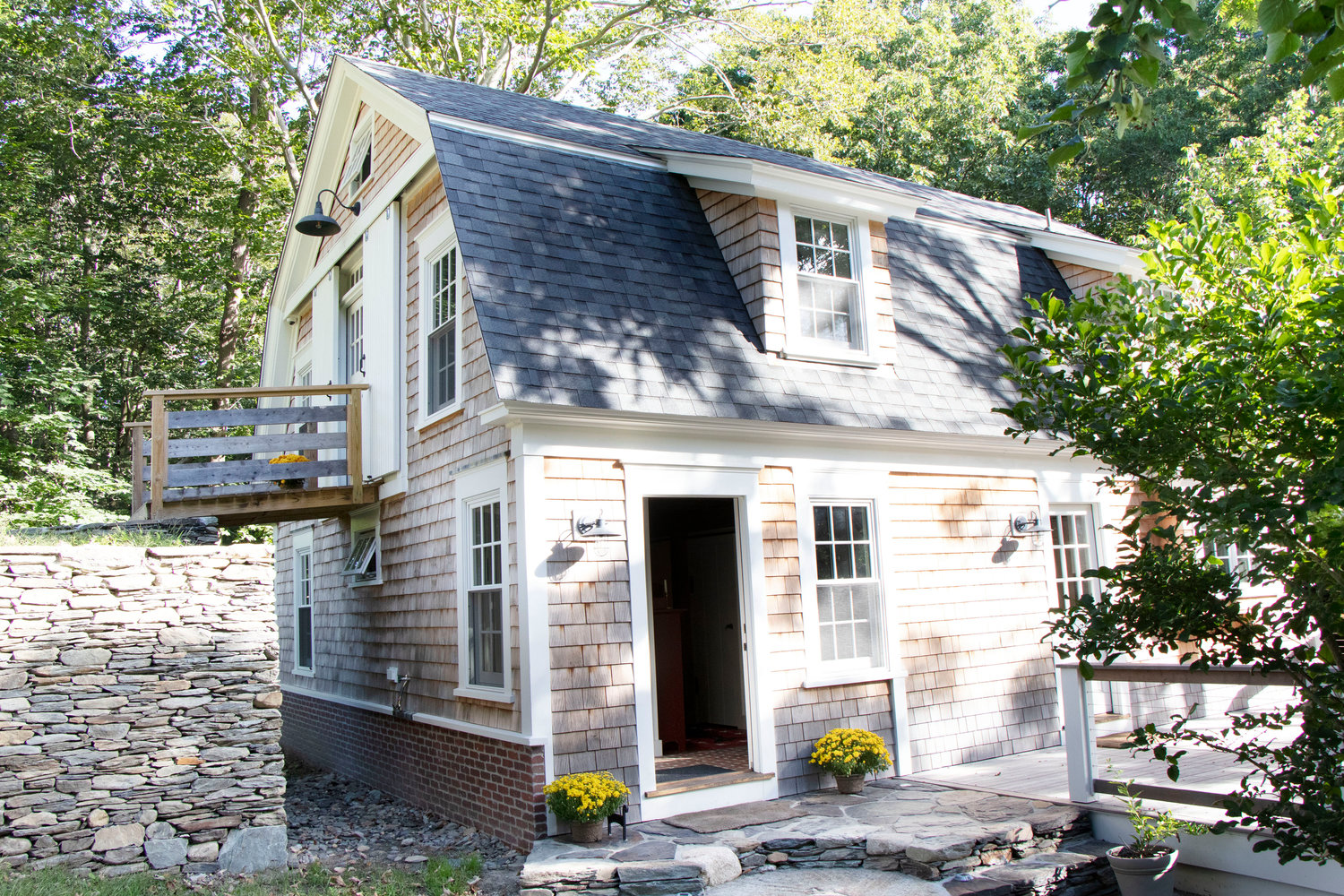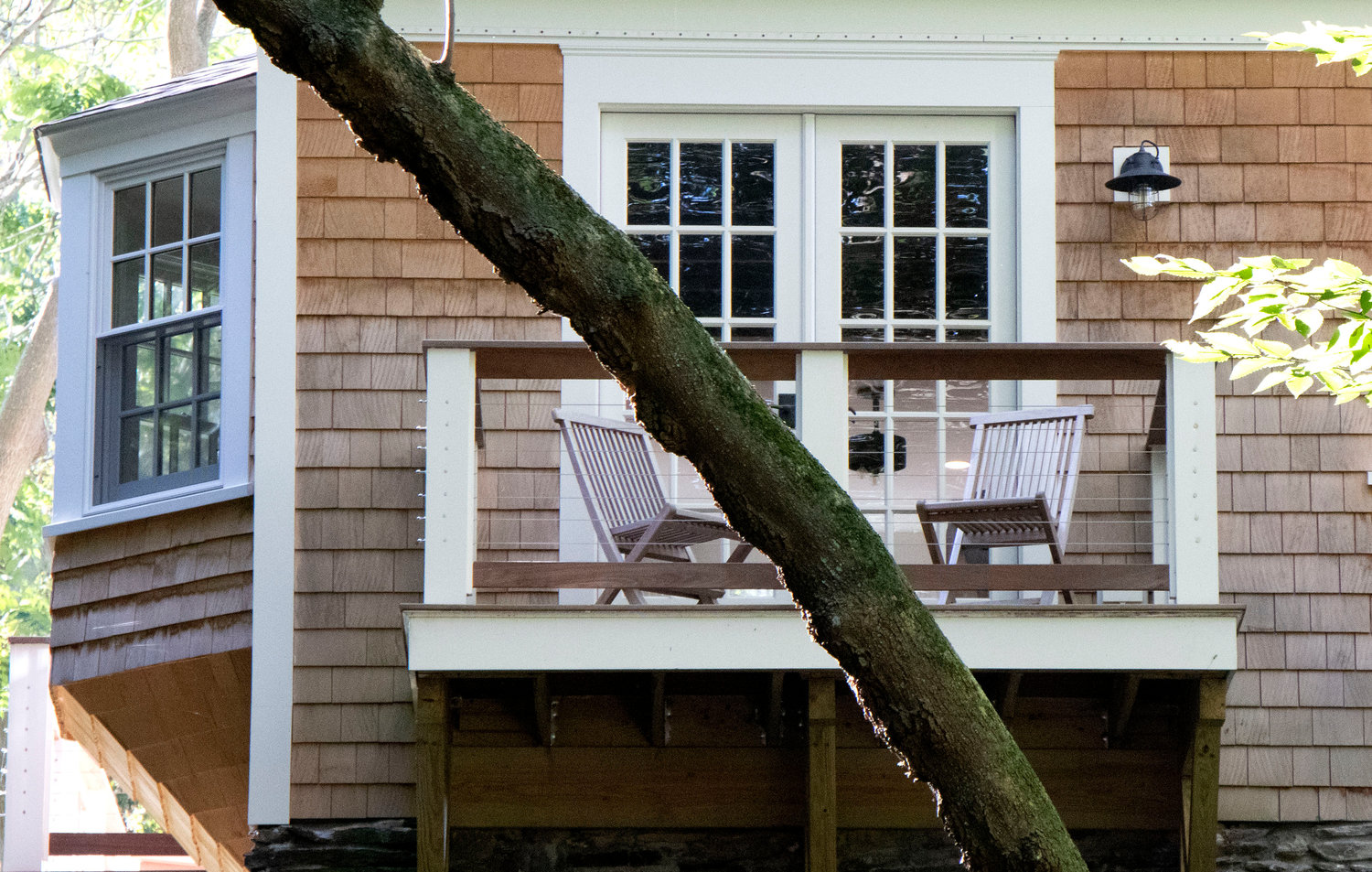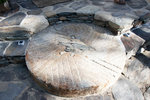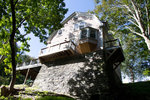- MONDAY, MAY 20, 2024
In Portsmouth: From historic mill house to ‘a fun place to live’
Erin and Jonathan Chapman win historic preservation award for their home, which once helped power Glen Farm
PORTSMOUTH — After stepping out of your car in Erin and Jonathan Chapman’s driveway that sits at the edge of the woods on Glen Farm Road, the first thing you hear is the peaceful …
This item is available in full to subscribers.
Please log in to continue |
Register to post eventsIf you'd like to post an event to our calendar, you can create a free account by clicking here. Note that free accounts do not have access to our subscriber-only content. |
Day pass subscribers
Are you a day pass subscriber who needs to log in? Click here to continue.
In Portsmouth: From historic mill house to ‘a fun place to live’
Erin and Jonathan Chapman win historic preservation award for their home, which once helped power Glen Farm

PORTSMOUTH — After stepping out of your car in Erin and Jonathan Chapman’s driveway that sits at the edge of the woods on Glen Farm Road, the first thing you hear is the peaceful rushing of water.
The sound comes from Mint Water Brook, which threads a path just around the foundation of the Chapmans’ one-of-a-kind home that’s undergone a dramatic transformation since the couple first purchased the property in November 2017.
But while their home has all the conveniences of modern living — a spacious kitchen with an island, a large recessed TV over the fireplace, even an electric dumb waiter to haul firewood from the basement — it still harkens back to the past with many reminders that the building used to be known as the Glen Farm Millhouse.
“The foundation dates back to the mid-1700s; this is the second building on the foundation,” said Jonathan.
Inside and out, you can’t miss the little bits of history they’ve retained: The original mill wheels were repurposed as lighting fixtures; a cast iron pulley hangs in the living room; the barn doors on the west side are exact replicas of the originals; and a large millstone, found underneath three or four feet of dirt and mud in the basement during excavation work, is now set within the stone patio entrance outside.
“That would have been the original millstone used here years ago,” said Jonathan.
The home itself sits just above the brook, upstream from another former mill house that powered the Taylor Farm well over a century ago. On the west side, just a short walk away, are the Glen Farm Stables.
“We wanted this all in keeping with the historical nature and the barns across the street,” Jonathan said.
Added Erin, “We wanted it to fit. We didn’t want it to stand out in a weird way.”
The Chapmans’ restoration job and sensitivity to their surroundings have not gone unnoticed. The couple recently received one of the 2021 Rhody Awards for Historic Preservation from Preserve Rhode Island and the Rhode Island Historical Preservation & Heritage Commission. They won the Historic Homeowner Award for their rehabilitation of the 19th-century timber frame mill that required “structural stabilization, sweat equity, and vision to be transformed into a home.”
The Chapmans’ architect, Jack Renshaw of Clifford Renshaw Architects, had nominated them for the award, which took the couple by surprise.
“We were one of 50, I guess, and they gave out 10 awards,” Jonathan said. “We knew this was a very special place and we put our heart and souls into it, but this is a relatively small building compared to some of the major historical sites in the states.”
Indeed, the home is less than 1,700 square feet in size, but the Chapmans took advantage of every square inch during the restoration. Storage closets and cupboards were installed in every nook and cranny wherever possible, the outside decks provide glorious views of the trees and brook below, and there’s even a loft area where their friends’ children love to play. (The Chapmans — he’s a yacht broker, she does marketing and communications for a hospital in Boston — don’t have children as of yet.)
‘Did it on the fly’
The Chapmans were originally looking for property in Newport, but couldn’t find anything they wanted that included off-street parking, so they looked in Portsmouth. “This had three and a half acres, and we realized we could do what we wanted to do here, for the same price we’d get for a postage stamp in Newport. And, it had more character,” Jonathan said.
They first considered taking the structure down and building from scratch. “But in our conversations, we found it was going to be around the same cost as keeping the structure here, so we decided to make use of that,” said Jonathan, adding the structure is on a slope — something they’d have to deal with again if they built something new.
“Part of it too was, if we had torn it down, they wouldn’t have allowed us to rebuild here because it was already an existing structure,” said Erin.
The former mill house was “wide open” when they bought it. It was up to the couple, along with the architect and builders, to come up with a plan to turn it into a modern home while still retaining its historic nature.
“It was, how can we keep the look to complement the rest of the neighborhood?” said Jonathan. “It wasn’t as much a restoration as it was a repurpose of an old building. We didn’t want to change much. We kind of did it on the fly with our builders.”
History lessons
While they toiled on the project — the couple spent the first year and a half clearing the land themselves, and builder and preservationist Paul Strattner later gave Jonathan a crash course in shingling — they also did a deep dive into the history of the area. They read local history books and talked to Town Historian Jim Garman, even attending one of his lectures.
“The oldest roots of Portsmouth literally date back to this street,” said Jonathan. “These were originally Cundall’s Mills — this mill and the other derelict mill just down the stream. I’ve got to think this area was a big part of building Portsmouth and the island.”
Many years ago, he said, the stream used to come from the direction of the horse barns just west of the home. “Underneath the building, we’ve retained the original mill raceway that spills out the back. There’s a hole in the foundation where the water used to go. That stream is what originally powered everything in here. Probably in the later 1700s, a dam was constructed and this was a big mill pond. And, at that point, I think more of the water power came from the lower mill, which was turned into a power plant for the whole farm here, which was the Taylor farm.”
Their home was once used as the primary mill for the construction of the horse barns across the street. “This predates everything over there by about 15 years,” he said. The building was also used as a grist mill for corn, while the lower mill was more for manufacturing textiles.
Like the abandoned lower mill, the Chapmans’ home had plenty of graffiti inside, presumably spray-painted by local youths over the years. “We cleaned up a lot of beer cans,” Erin said, adding that some of the graffiti still remains upstairs.
Now that their hard work is nearly done — there are a few cosmetic issues the couple is still addressing — Erin and Jonathan can sit back and enjoy the fruits of their labor.
‘Nothing like the Glen’
“We were blessed to be able to have the time and the resources to do it,” Erin said of the project. “I love pulling in here at night, and knowing our home is something we worked so hard on building together. In the winter, having that fire roaring makes it so cozy. I just love the uniqueness of it.”
Added Jonathan, “There’s nothing like the Glen anywhere on the island, and it feels like you’re so far into the country and you’re so remote, but you’re 15 minutes from Newport.”
Neighbors have been receptive to the transformation of the old mill, Erin said. “So many people walk up and down the road, ride their bikes, and stop and chat, saying, ‘We’ve been watching the progress,’ or, ‘We’ve always wanted to do this,’” she said.
“It’s a fun place to live,” added Jonathan.
The Chapmans not only took over and restored an important piece of local history, they’re now part of it. To that end, they gathered up some of the documents related to their project — a newspaper article noting the property transaction, architectural drawings, pictures and more — so the next tenants will know a little bit about how their home came to be.
“We actually put together a little time capsule with some history of the project,” said Erin. “It’s hidden in one of these walls somewhere. When the time comes, somebody will find it when we’re long gone.”
Other items that may interest you


